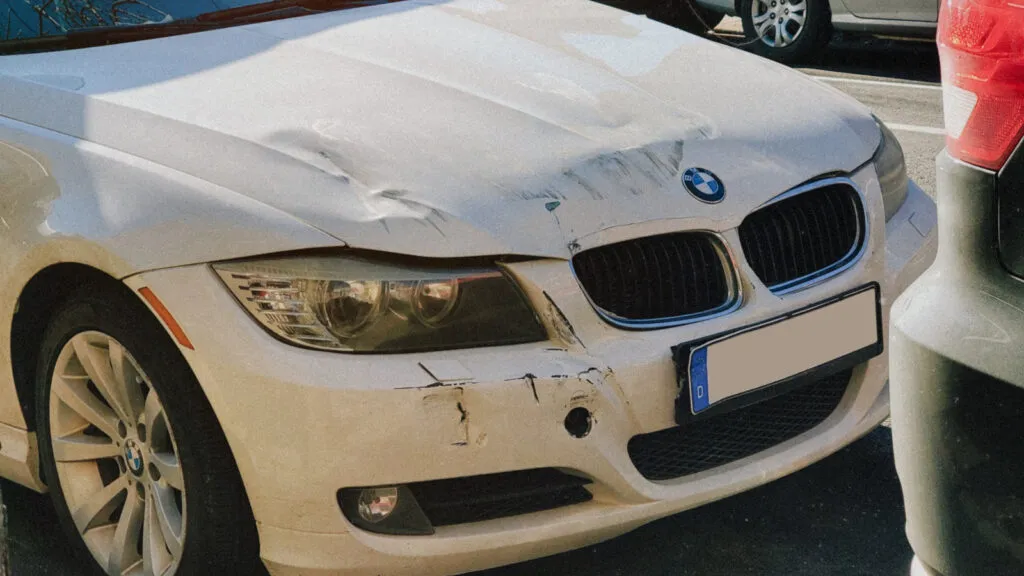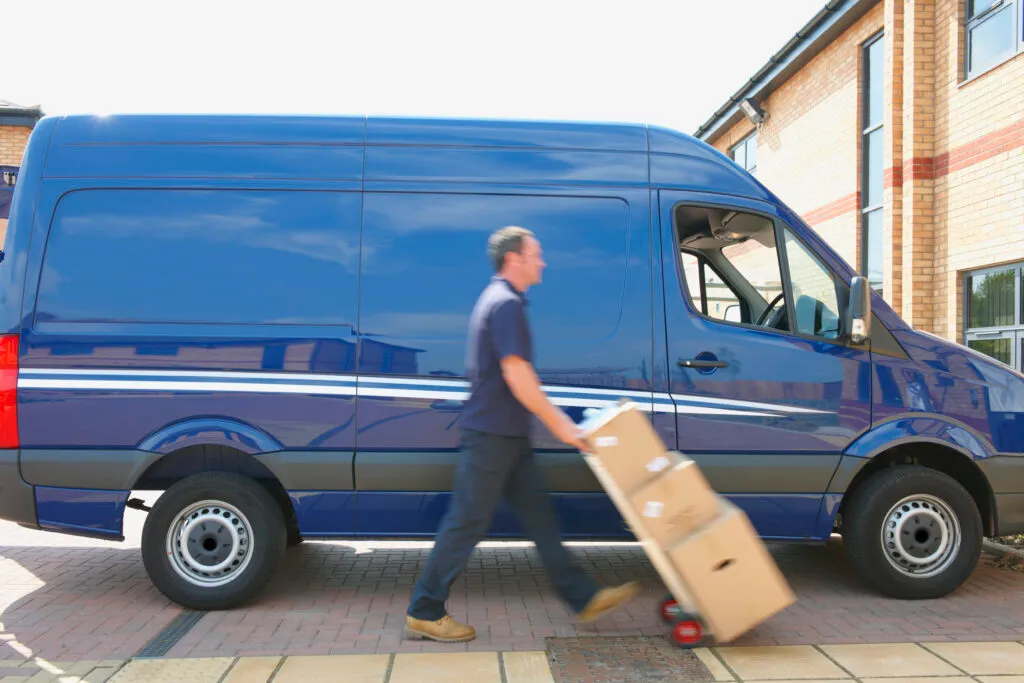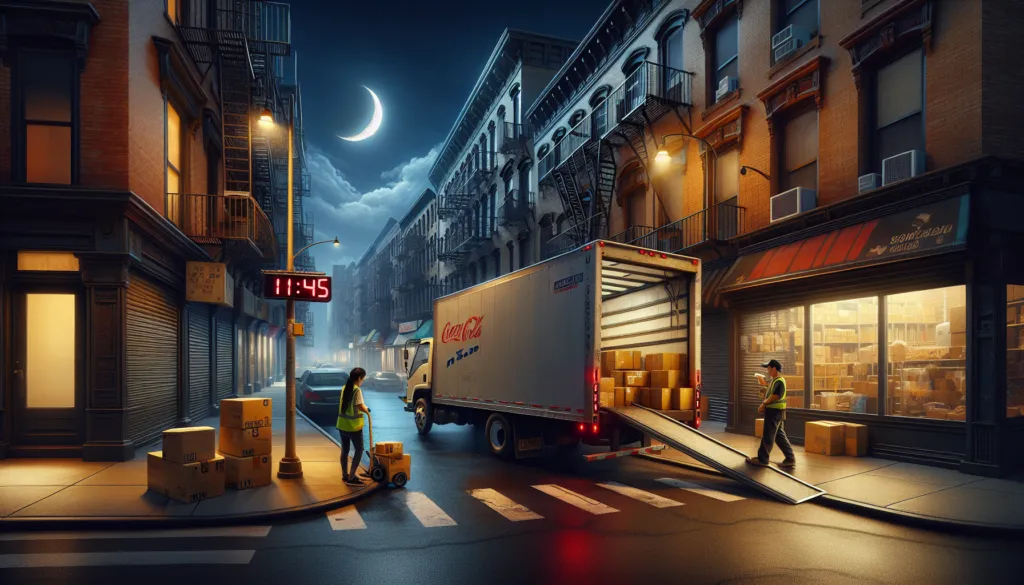
Get home early with RoadWarrior.
Enter your stops, optimize your routes, manage your team – quickly and efficiently.
Try RoadWarrior free for 7 days
Try free for 7 daysAutomotive accidents can be devastatingly tragic, but even the minor ones can be quite costly to the vehicle(s), drivers, passengers, and environment. One of the worst scenarios for any gas vehicle is to be stuck in a perpetual motion of brief acceleration, quick braking, then followed by ample idling. Sitting in stop and go traffic due to an accident not only significantly reduces the miles per gallon of gas vehicles, but it also increases their overall emissions output. To help from becoming a part of this equation, here are 19 tips to help avoid the possibility of an auto accident.
Each time you get into a/your vehicle remember these tips.
1. Position Yourself for Good Posture
Maintaining control of your vehicle starts with putting yourself in the best possible position so that you can easily reach the steering wheel and floor petals during an evasive maneuver.
2. Position all Mirrors for Good Vision
Adjust your side mirrors and rear view mirror so that you can see as much of the road behind you as possible.
3. Place One Hand at the 3 O’clock Position and the Other at the 9 O’clock
This position allows a driver to make the most coordinated and quickest response during an emergency. You don’t want to be caught in an emergency situation with only one hand on the wheel.
4. Double Check You are Wearing Your Glasses or Contacts (if appropriate)
If you have problematic vision, it is probably a good idea to wear your glasses or contacts whenever you drive. You may have passed the eye test and your license does not require you to, but it pays to see the road and surroundings as clearly as possible.
5. Make Sure Vehicle is Operating Safely
Vehicles can fail and cause an accident in a number of ways, such as a blown tire, worn brakes, broken windshield wiper, etc. To avoid these unexpected situations, always have your vehicle maintained on a regular basis. Image courtesy of George Doyle/Getty.
6. Anticipate Unexpected Changes in Traffic
Pay attention to the flow of traffic so that you can anticipate any changes. Often you can be made aware of an emergency just by watching the flow of the vehicles several yards in front of you.
7. Judge a Car by its Cover
Judge a car by its cover.
8. Know Your Blind Spots
Just about every vehicle has at least one blind spot. These are minor flaws in a vehicle construction that block your vision for one reason or another. Blind spots are why you should always turn your head to make sure a lane is clear before moving over.
9. Know your Car’s Limits
Many accidents happen simply because a driver pushed their vehicle beyond the limits of what it was capable of. Whether you are driving a Toyota Prius or a Chevrolet Camaro, know how fast you can safely maneuver your vehicle, as well as its emergency stopping capability.
10. Avoid the Left (Fast) Lane
Avoid the fast lane during your commute by using either the center or right lanes whenever possible. These lanes give you the most available escape routes should an emergency situation arise. Not surprisingly, most highway accidents occur in the fast lane.[i]Image courtesy of Digital Vision/Getty.
11. Tailgate
Following too closely to any vehicle does not give you enough time to execute an emergency maneuver. It is recommended to maintain at least a 3-second lead between you and the vehicle in front at all times (5-seconds during bad weather).
12. Drive at Night (unless you have to)
Nighttime driving is particularly hazardous for a number of reasons. One, it is more difficult to see. Two, this is the time when drivers feel the most fatigue. Three, you will have the greatest chance of meeting up with a drunk driver at night.
13. Drive in Hazardous Road Conditions (unless you Have to)
Poor weather conditions involving ice, snow, fog, and rain are dangerous no matter what type of vehicle or how good a driver you are.
14. Drive Over the Posted Speed Limit
The plain simple truth is that any amount of excessive speed reduces your reaction time and increases the likelihood of an accident.
15. Check Blind Spots before Making a Lane Change
We talked about your blind spots earlier. This is a second reminder to check them each and every time you change lanes or execute a turn.
16. Pedestrians
Children, pets, joggers, and bikers can appear rather suddenly, so it is best to be on the lookout for them at all times.
17. Other Drivers
Pay close attention to the vehicles actions around you so that you can anticipate certain hazardous drivers, in particular road rage drivers.
18. Look Both Ways Before Turning
Before executing a turn it is important to check both your left and right side for oncoming vehicles (Do this twice, in case you missed something the first time). When turning, remember to look right once more to catch any pedestrians that may have appeared suddenly.
19. Don’t Accelerate the Instant the Light Turns Green
Have you ever run a red light when you were in a hurry? Other people have done this too, so be on the lookout for them.
Content written by Eric J. Leech at Planet Green and created in partnership with HowStuffWorks.com


